|
|

Tango Peninsula in northern Kyoto Prefecture is scenic along the coast with a number of natural features and formations.Much of the coast is part of the San'in Kaigan Geopark (山陰海岸ジオパーク) that extends from the western half (Kyotango city) of Tango Peninsula to Tottori Prefecture. San'in Kaigan Geopark is also a UNESCO Global Geopark.
|
|

These photos were taken while cycling along the Tango Peninsula.
|
|

Tango Peninsula coast.
|
|

Tango Matsushima (pine islands).
|
|
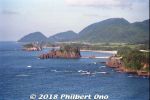
Tango Matsushima (pine islands).
|
|
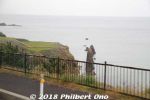
Byobu Iwa rock.
|
|
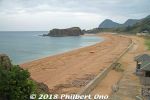
Tateiwa Rock on the Tango Peninsula, northern Kyoto. The swimming beach leading to Tateiwa is named Tateiwa Nochigahama (立岩後ヶ浜海水浴場).
|
|
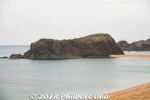
Tateiwa Rock on Tango Peninsula.Map (Tateiwa): https://goo.gl/maps/QDHmG1qArez
|
|
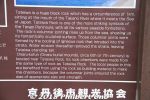
About Tateiwa Rock.
|
|

How Tateiwa Rock formed. This large mass of volcanic rock formed when the magma erupted and accumulated within the earthen strata below the surface. The magma didn't break the surface. However, the surrounding strata was soft and eventually eroded to expose only this hard volcanic rock called Tateiwa (Standing Rock).
|
|
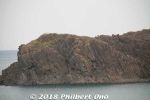
Tateiwa Rock
|
|

Tateiwa Rock
|
|
|
|
|

San'in Kaigan Geopark (山陰海岸ジオパーク) area.
|
|
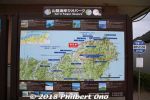
San'in Kaigan Geopark (山陰海岸ジオパーク)
|
|
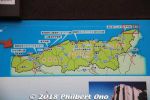
San'in Kaigan Geopark (山陰海岸ジオパーク) from Kyoto to Tottori.
|
|
|
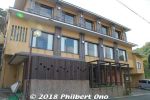
This is Shorenkan Yoshinoya (昭恋館よ志のや), a hot spring ryokan on the Tango Peninsula (Kyotango). Founded in 1928, it has 11 guest rooms.
|
|
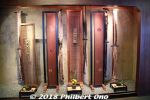
Lobby entrance.
|
|
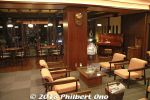
Lobby
|
|
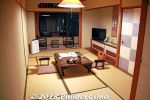
Nice Japanese-style room.
|
|
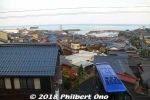
View from my room.
|
|
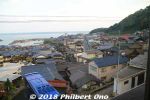
View from my room.
|
|
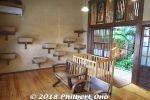
This is the dressing room for the bath named "Shoren-no-Yu" (昭恋の湯). (“Shoren” means “Love of the Showa Period.” And “Yu” means hot spring water.)The ryokan had two hot spring baths, and both were designed by an American.
|
|
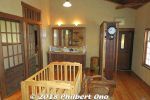
Dressing room.
|
|
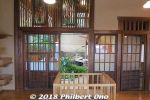
Entrance to the bath area.
|
|
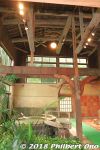
The "Shoren-no-Yu" (昭恋の湯) bath was originally an abandoned building that was renovated into a bath with a high ceiling and garden. Most everything was designed by Alexander Wilds and his artist wife Yukiko Oka. Wilds is an American sculptor from New Orleans living in Japan since 1985. He currently teaches art at Yamanashi Gakuin University in Kofu, Yamanashi Prefecture.
|
|
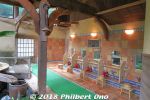
For Shoren-no-Yu, Alexander Wilds and his artist wife Yukiko Oka designed and built most everything including the garden. The shelves in the dressing room were made by his friend. Stained glass was made by his mother. Ceramic tiles are Mexican, leftover from a previous project of his. The bathhouse was originally an abandoned house which he stripped.
|
|
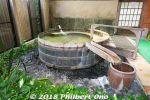
Since the ryokan celebrates the Showa Period (implied by the name "Shorenkan"), he aimed to make the bath have a Showa/Taisho Period feel. It was a tough job because they had to haul everything in and out manually. No accessible road so they had to roll the wooden barrel tub to the building manually (it couldn’t be rectangular). This bath was built during June to Oct. 2003.
|
|
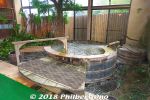
The bath in a wooden barrel. They allowed men and women to use this bath on alternate days.http://alexanderwilds-japan.blogspot.com/2017/12/alexander-wilds-architecture-yoshinoya.html
|
|
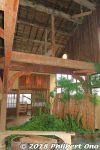
Facing the bath's garden area.
|
|
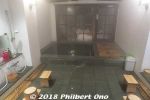
This is the other bath named “Vidro-no-Yu” (ビードロの湯) and also designed by Alexander Wilds and his artist wife Yukiko Oka. The indoor part. The glass windows were a design highlight (hard to see because of the steam and dark night). The glass door opens to a balcony with a bath.
|
|
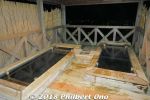
Outdoor baths on the balcony. It was night so I couldn't see the scenery. But it was great that we could try these two different baths during our overnight stay.
|
|
|
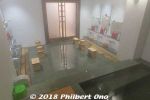
Indoor bathing area.
|
|

Dining room.
|
|
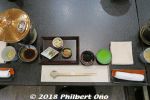
Dinner started with this.
|
|
|
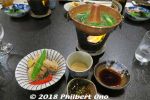
Shorenkan Yoshinoya ryokan is probably more famous for its food, especially crab during crab season (Nov. to March). But it wasn't crab season when we were there so we didn't have any crab. But the food was still excellent. Kyotango, Kyoto Prefecture.
|
|
|
|
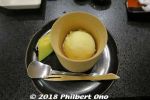
Yuzu sherbet. Yummy!
|
|
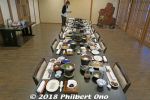
Breakfast.
|
|
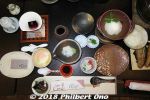
BreakfastShorenkan Yoshinoya Map: https://goo.gl/maps/hAHehEVDsft
http://taiza.jp/en/
|
|
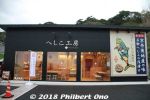
Tasted more local food here at Heshiko Kobo Hisami (へしこ工房 Hisami), a restaurant/shop in Kyotango.Map: https://goo.gl/maps/Jq7NoojH59s
http://www.hisami-kasade.com/page/shop.php#heshiko
|
|
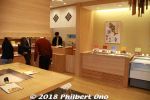
Inside Heshiko Kobo Hisami.
|
|
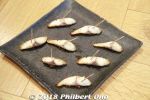
A local fish delicacy called "heshiko." Heshiko is made in this coastal region of Kyoto and Fukui Prefectures. It uses mackerel (saba), sardines (iwashi), or Pacific saury (sanma) that are salted and then fermented in rice bran (nuka). For heshiko, mackerel is most popular and the process takes two years. It is a traditional way to preserve fish for later consumption without refrigeration. It was a common (and cheap) food for the masses, but now it's a delicacy.
This restaurant believes too much salt is not so healthy, so they take only two weeks to salt and ferment the fish. This method is called asazuke (浅漬け) which means "lightly pickled." We sampled the mackerel prepared this way (and grilled), but I thought it was very salty already and hardly any taste of fermentation.
|
|
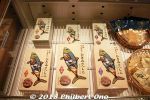
Heshiko for sale.
|
|
|
|